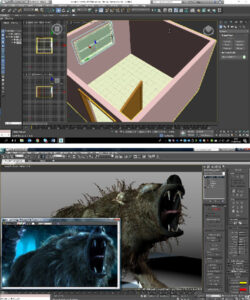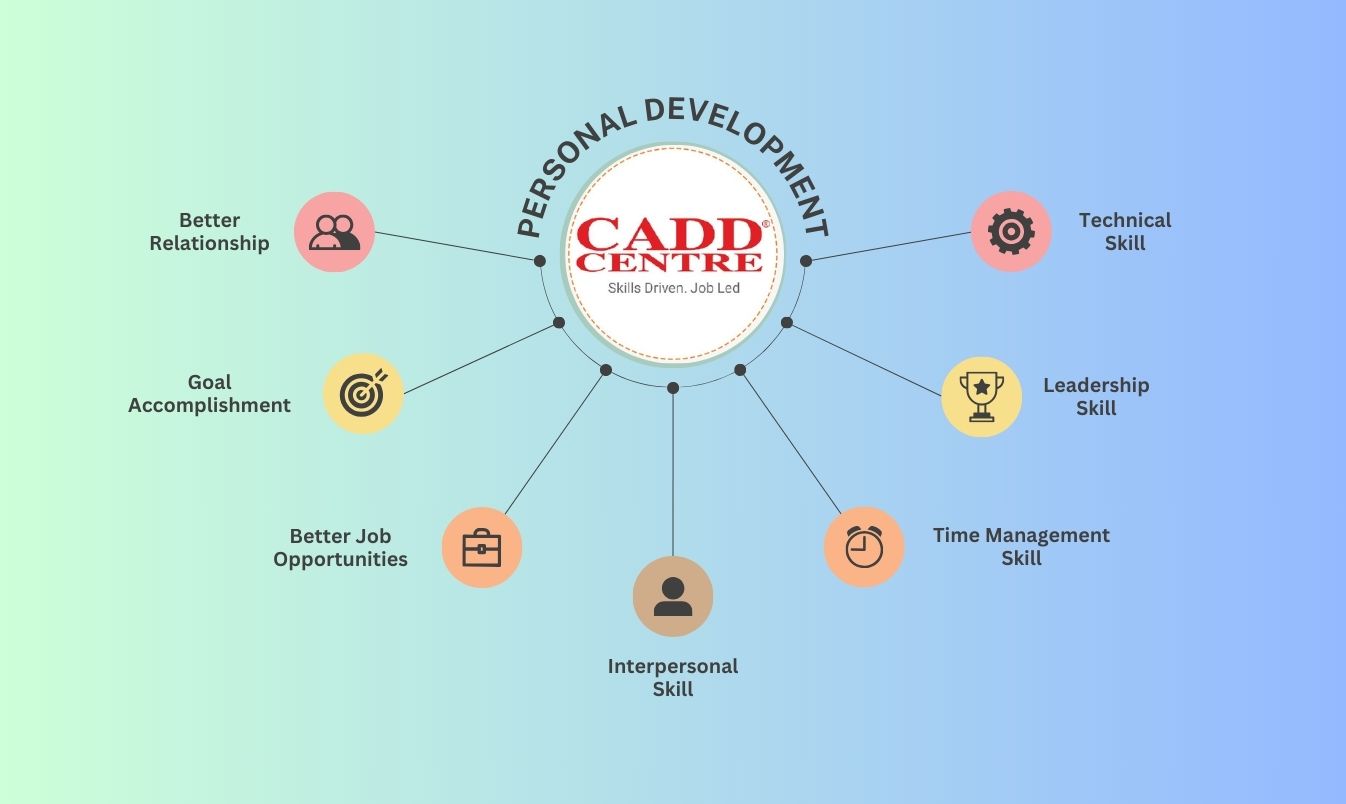3ds Max

3ds Max, developed by Autodesk, is a powerful and versatile 3D modeling, animation, and rendering software that finds valuable applications in various industries, including engineering. While traditionally known for its use in the entertainment and media industries, 3ds Max has evolved into a robust tool that caters to the specific needs of engineers, architects, and designers, offering a comprehensive set of features for visualization, simulation, and communication of complex engineering concepts.
One of the key strengths of 3ds Max for engineers lies in its advanced 3D modeling capabilities. Engineers can leverage the software to create detailed and realistic representations of products, structures, or systems. The intuitive interface and a wide range of modeling tools empower users to build intricate designs with precision, making it an ideal platform for conceptualizing and prototyping engineering projects.
The software’s parametric modeling features enable engineers to establish relationships between objects and parameters, facilitating the creation of flexible and easily modifiable designs. This flexibility proves crucial in adapting to design changes, exploring multiple iterations, and ensuring that the final product meets the desired specifications.
3ds Max excels in the visualization of engineering projects, offering sophisticated rendering capabilities that allow users to generate high-quality, photorealistic images and animations. This is invaluable for presentations, design reviews, and communication with stakeholders who may not have technical expertise but need to understand the visual aspects of a project. The software’s lighting, materials, and camera settings contribute to creating compelling and realistic visualizations.
Simulation and analysis are further facilitated through 3ds Max’s capabilities. Engineers can simulate the behavior of objects, structures, or systems within the software, enabling them to assess factors such as stress, motion, and fluid dynamics. While not as specialized as some dedicated engineering simulation tools, 3ds Max provides a visual and intuitive way to explore the dynamic aspects of designs.
The software also supports the creation of interactive and immersive experiences through its integration with virtual reality (VR) and augmented reality (AR) technologies. This capability enables engineers to step inside their designs, providing a unique perspective for design validation, collaboration, and training.
Collaboration is enhanced through 3ds Max’s compatibility with other Autodesk products and industry-standard file formats. This interoperability ensures that engineering models created in 3ds Max can seamlessly integrate with other design and analysis tools, supporting a more connected and collaborative workflow.
Furthermore, 3ds Max boasts a vibrant community and a wealth of online resources, including tutorials, forums, and plugins. This ecosystem enhances the learning curve for engineers looking to incorporate 3ds Max into their workflow, providing access to a vast knowledge base and tools to extend the software’s capabilities.
In conclusion, 3ds Max for engineers is a versatile and powerful tool that extends beyond its entertainment industry roots to offer a comprehensive solution for engineering visualization, simulation, and communication. Its 3D modeling prowess, rendering capabilities, and support for emerging technologies make it a valuable asset for engineers seeking to enhance the visual and interactive aspects of their design and communication processes.












